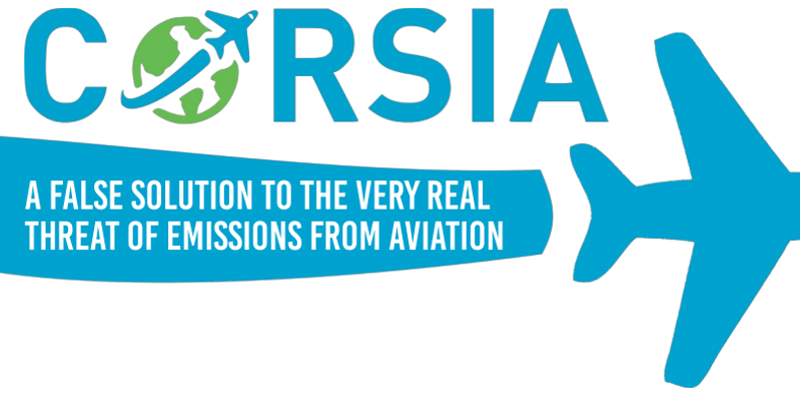Aviation - CORSIA
Airlines Around the World…
have recently begun to monitor their CO2 emissions as part of a UN climate deal.
Last month marked the first step of the UN’s “Carbon Offsetting and Reduction Scheme for International Aviation (CORSIA)” scheme, which aims to ensure any rise in international aviation emissions above 2020 levels are offset elsewhere.
The scheme was agreed by 192 countries in 2016 through the UN’s aviation agency. It is significant because of the aviation sector’s large and rapidly increasing CO2 emissions. If aviation were a country, it would be the sixth largest in the world, between Japan and Germany.
Carbon Brief takes a look at how CORSIA will work and the concerns over how effective it will be.
How Much CO2 Does Aviation Emit?
In 2018, domestic and international flights emitted around 895m tonnes of CO2 (MtCO2), which is 2.4% of global energy-related CO2 emissions.
The sector is also growing fast, even though emissions are supposed to decline in line with global climate goals. Aviation emissions have increased by 26% since 2013 alone.
They are expected to continue to grow, with passenger numbers projected to double to 8.2 billion in 2037. Aviation could consume a quarter of the global carbon budget for limiting global temperature rise to 1.5C by 2050, according to analysis published by Carbon Brief in 2016.
Forecasted improvements in aircraft fuel efficiency of around 1-2% per year will not be enough to offset the expected traffic growth of around 5% per year. This means CO2 emissions could grow by between 2.4 and 3.6 times by 2050, depending on efficiency improvements. New technologies, such as supersonic and urban mobility aircrafts, risk increasing emissions even further.
Significantly, these estimates do not account for the impacts of aircraft emissions other than CO2, such as nitrogen oxides (NOx) and soot. These factors are thought to more than double the global warming impact of aviation.

